Welcome to the TOSTON Montana Picture Tour
Toston Montana located on the banks of the Missouri River is sleepy compared to it’s booming smelter days in the 1880’s. The relative peace was recently broken in 2020 during the building of a second Highway 287 bridge over the Missouri River. To avoid the construction dust and congestion we are presenting a tour of Toston made up of pictures shot during a beautiful and peaceful June 2010 a frosty December in 2004 and new pictures shot in 2020.
TOWN History
We are embarrassed to admit that we never looked into the history of Toston, Montana even though we passed by the town hundreds of times since 1975. We explored the gold mining camp of Elkhorn, Montana and nearby Radersburg, Montana but never made the connection between the three historic towns.
Gold can be found in many places in Montana but without the industrial energy to fuel a smelter blast furnace locally, miners were forced to ship ore out of state. A logistics problem that cut into the bottom line. As an example, In 1887, a narrow gauge railroad affectionately nicknamed the “Turkey Track,” was built to haul coal two hundred miles south from the Oldman River Valley near Lethbridge, Alberta to Great Falls, Montana. Toston owes it’s origin to mine owners that needed an inexpensive means of processing the ore locally. Incorporated in 1885, the Toston Smelter Company built a small experimental smelter south of present day Toston to see if the gold-rich pyrite ore could be used to fuel a smelter with a minimum addition of coal. The experiment succeeded and a full size smelter was in production by 1886.
Smelting Without (much) COAL
The gold-ore mined twelve miles west of Toston was rich in iron sulphides, a material once ignited, could be used to heat the blast furnace. Metallurgist and Toston Smelter Company president, William L Austin, led the way to build the first practical application of smelting with iron sulphides known as “Pyritic Smelting,” in the United States. Considered experimental, “Pyritic Smelting” was discontinued after only two years when the works was converted by new management to and a traditional coal burning smelter. Between 1888 and 1889 over 150 men work in and round the Toston Smelter. The Toston Smelter continued to operate intermittently until it finally closed for good at the end of 1891.
NO FREE LUNCH
In 2009, the Montana Department of Environmental Quality completed reclamation of severe heavy metal contamination from the 9.4 acre, privately owned Toston Smelter site. Funding for the $700,000 reclamation was provided through a grant from the Federal office of Surface Mining. Control, Reclamation and Enforcement. Today, no trace of the old Toston Smelter remains.

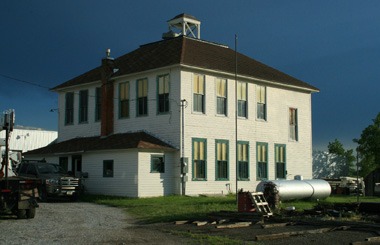
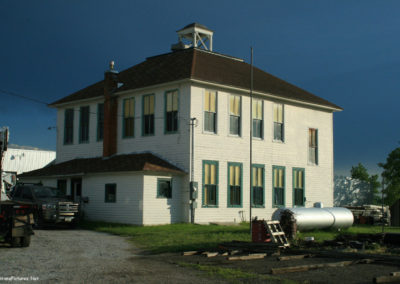
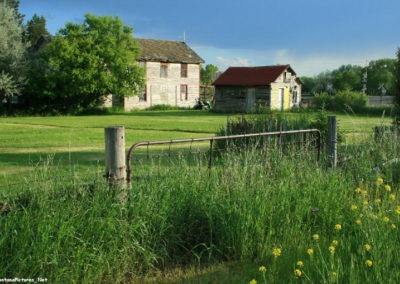
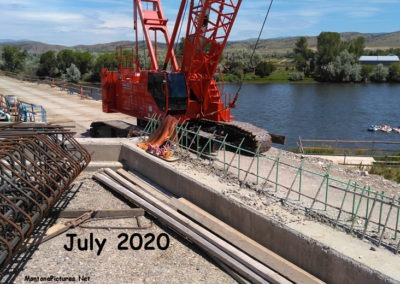
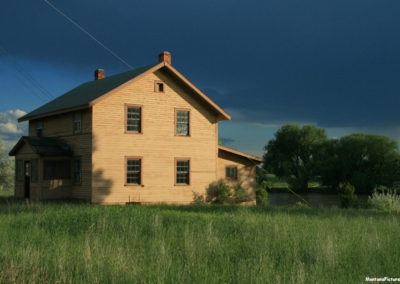
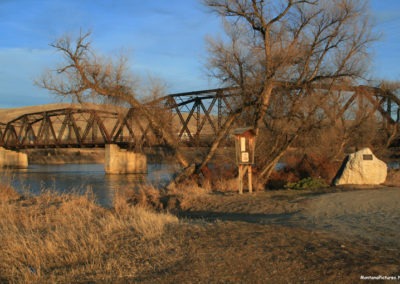
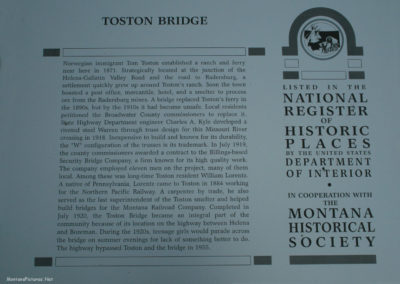
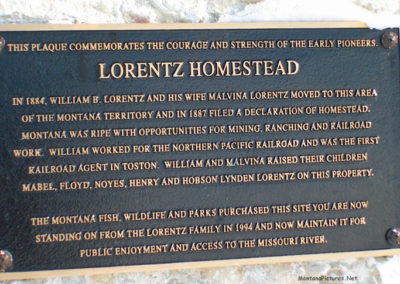
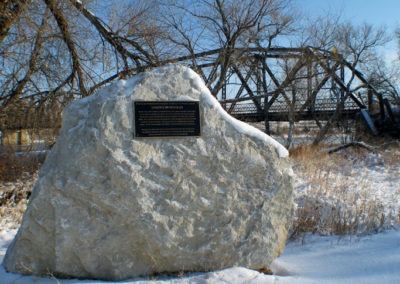
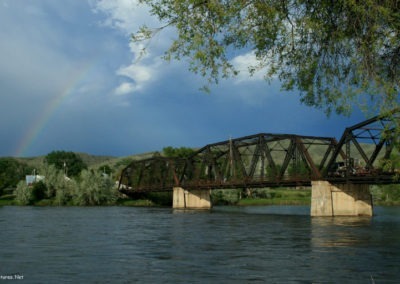
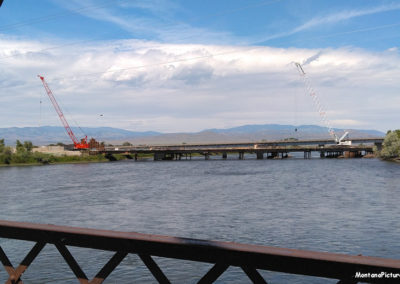

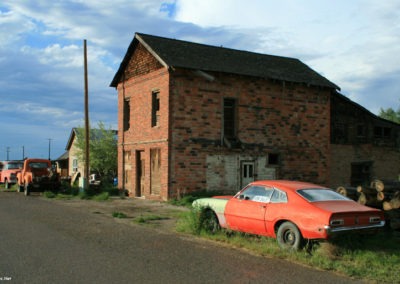
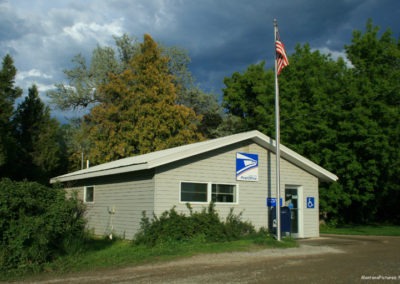
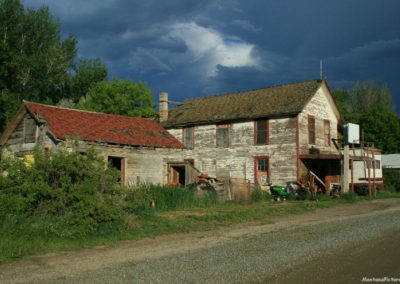
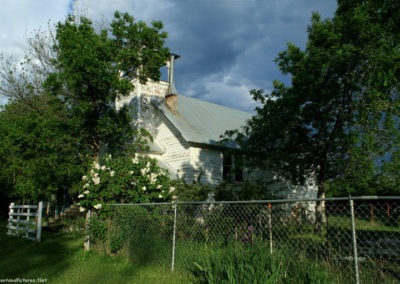
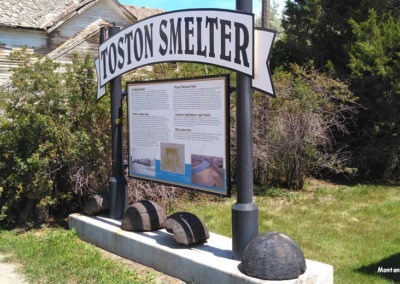
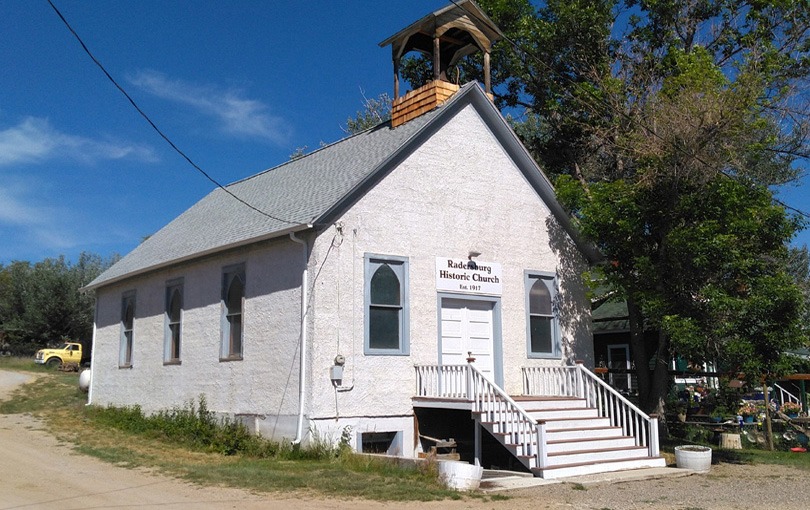
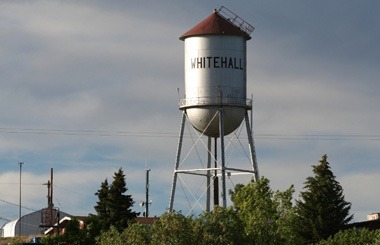
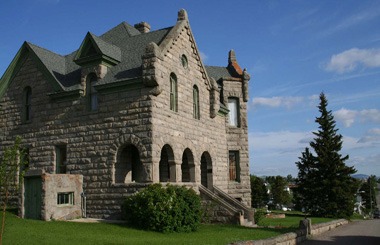
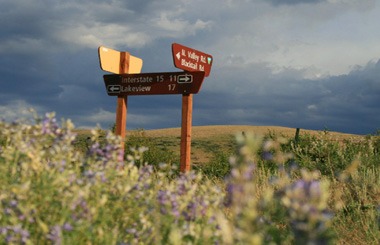

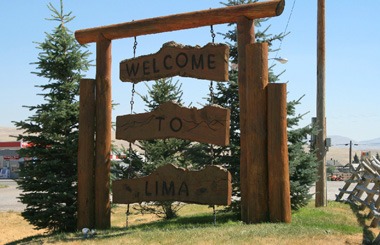
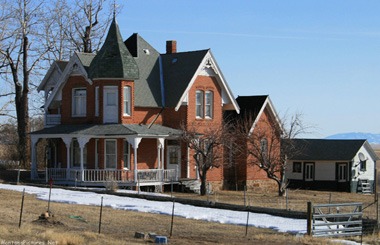
Recent Comments